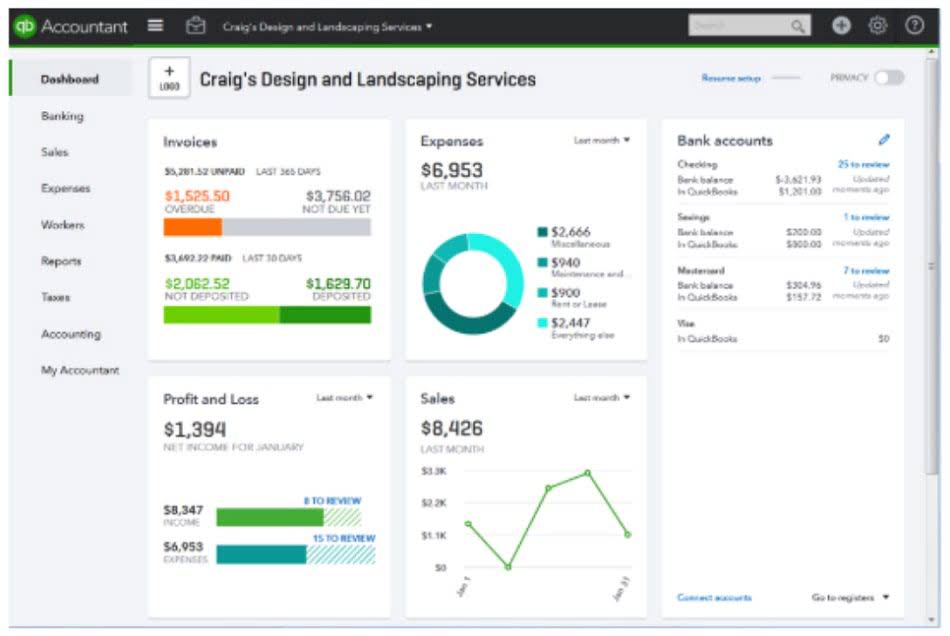Безиндикаторные стратегии Форекс без индикаторов ФИНАНСЫ
March 4, 2021Meet Our Team Page
September 6, 2021
In response to a request for clarification, the GAAP considered the treatment of probable loss contingencies when Coffee Shop Accounting the amount can be estimated only within a range instead of a specific number. There are few cases in which there would be no justification for recognizing a warranty liability on the basis that the amount cannot be estimated. Given that liabilities involve future cash flows, they are subject to uncertainties about whether they will be paid and the amount that will be paid.
Which of these is most important for your financial advisor to have?

This dual criterion ensures that only those liabilities which present a realistic financial risk are recorded, thereby maintaining the integrity and reliability of financial reporting. They are potential liabilities that may arise from past events or from existing conditions, but whose existence will only be confirmed by the occurrence of one or more uncertain future events. These liabilities are not recorded in the financial statements of a company, but they are disclosed in the notes to the financial statements. Understanding contingent liabilities is essential for investors, creditors, and other stakeholders who rely on financial statements to make informed decisions. The recognition of contingent liabilities in financial statements adheres to specific accounting standards, such as the International Financial Reporting Standards (IFRS) or Generally Accepted Accounting Principles (GAAP).
Financial Reporting
The ability to estimate a loss is described as known, reasonably estimable, or not reasonably estimable. Contingent liabilities are recorded to ensure the financial statements fully reflect the true position of the company at the time of the balance sheet date. Because a contingent liability has the ability to negatively impact a company’s net assets and future profitability, it should be disclosed to financial statement users if it is likely to occur. External financial statement users may be interested in a company’s ability to pay its ongoing debt obligations or pay out dividends to stockholders.
- Contingent liabilities are potential obligations that may arise from past events, but their existence depends on the occurrence of one or more uncertain future events.
- The company will record the liability in the books of accounts only if it is sure of its occurrence.
- It is expected that the final settlement will result in cash payments of $5,000,000 in 20×1 and $2,500,000 in 20×2 and 20×3.
- Gain insight into the role of contingent liabilities in financial health, including recognition, measurement, and reporting practices for informed decisions.
- Entities must also consider the materiality of the contingent liability when assessing and reporting it.
- If a company can only provide a wide range of possible outcomes, or if the amount of the obligation is highly uncertain, then the liability is not recognized in the financial statements.
Disclosure

The accounting rules ensure that financial statement readers receive sufficient information. A contingent liability is a liability that may occur depending on the outcome of an uncertain future event. Contingent liabilities are recorded if the contingency is likely and the amount of the liability can be reasonably estimated. The liability may be disclosed in a footnote on the financial statements unless both conditions are not met. According to the FASB, if there is a probable liabilitydetermination before the preparation of financial statements hasoccurred, there is a likelihood of occurrence, andthe liability must be disclosed and recognized.
- For example, in legal disputes, they evaluate the likelihood of an unfavorable outcome and estimate the potential settlement.
- Assume that Sierra Sports is sued by one of the customers whopurchased the faulty soccer goals.
- In thisinstance, Sierra could estimate warranty claims at 10% of itssoccer goal sales.
- The accounting rules for reporting a contingent liability differ depending on the estimated dollar amount of the liability and the likelihood of the event occurring.
- At Finance Strategists, we partner with financial experts to ensure the accuracy of our financial content.
- Quantifying contingent liabilities involves evaluating the likelihood of the future event occurring and estimating the potential financial impact.
Contingent Liabilities – Meaning & Types
Valuation techniques also play a crucial role in the measurement of contingent liabilities. Discounting future cash flows is a common method used to value these liabilities, especially when the obligation is expected to be settled over a long period. By discounting the future cash flows to their present value, companies can provide a more accurate representation of the liability’s current financial impact.
The stakeholders should be aware of all potential risks that the company may face in future and which may impact its financial health. The following are the typical disclosure requirements that any company should follow in case of such liability. If the potential for a negative outcome from the lawsuit is reasonably possible but not probable, the company should disclose the bookkeeping information in the footnotes to its financial statement. The footnote disclosure should include the nature of the lawsuit, the timing of when it expects a settlement decision, and the potential amount– either the range or the exact amount if it is identifiable. If the likelihood of a negative lawsuit outcome is remote, the company does not need to disclose anything in the footnotes. Contingent liabilities are not recognized on the balance sheet until they become probable and the amount can be reasonably estimated.

This practice must be followed if it is expected that some goods will be returned and the cost of servicing them can be estimated. The accountant is faced with projecting what will be known on the determination date and allowing for it in the statements. However, when the end of the fiscal year falls between the two dates (as seen below), the accounting practice becomes more difficult. For the past 52 years, Harold Averkamp (CPA, MBA) hasworked as an accounting supervisor, manager, consultant, university instructor, and innovator in teaching accounting online. For the past 52 years, Harold Averkamp (CPA, MBA) has worked as an accounting supervisor, manager, consultant, university instructor, and innovator in teaching accounting online.
Check for Disclosures in the Footnotes
A provision is measured at the amount that the entity would rationally pay to settle the obligation at the end of the reporting period or to transfer it to a third contingent liabilities party at that time. Liquidated damages are damages that are specified in a contract as a fixed amount. If a company fails to fulfill the obligations of the contract, it may be liable for liquidated damages.
For example, a company in the pharmaceutical industry might face contingent liabilities related to patent disputes or regulatory approvals. Changes in patent laws or advancements in medical technology could significantly alter the potential financial impact of these liabilities. Therefore, companies must continuously monitor these external factors and adjust their estimates accordingly. A contingent liability is a potential financial obligation that may arise depending on the outcome of an uncertain future event, such as a lawsuit or warranty claim. The measurement also considers the time value of money, especially for obligations that may arise far in the future. A business facing environmental cleanup may have to consider the costs spread over many years and discount them to present value terms.
